俄罗斯艺术的文化特征
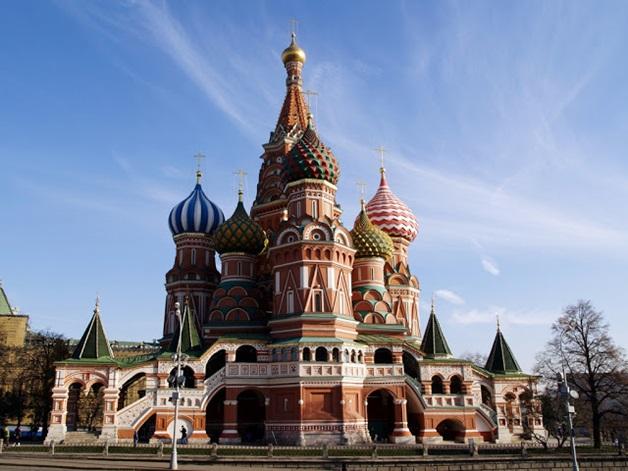
俄罗斯艺术的建筑、绘画、音乐、舞蹈、雕塑各种门类,由于物质媒介各不相同,创作方式千差万别,审美感官作用迥然有异,而具有各自的特色,但都受着俄罗斯文化传统和氛围的影响、规范和制约,具有反映俄罗斯文化精神和特质的共同风貌。
The architectural, painting, music, dance and sculpture of Russian art have different creation methods due to different material media, different aesthetic sensory functions and their own characteristics. However, they are influenced, regulated and restricted by Russian cultural traditions and atmosphere, and have a common style reflecting Russian cultural spirit and characteristics.
第一,崇尚内在自由,追求精神超越是俄罗斯艺术的内在精神,也是俄罗斯文化重精神追求的价值取向的生动体现。
First, advocating internal freedom and pursuing spiritual transcendence are the inner spirit of Russian art and the vivid embodiment of the value orientation of Russian culture.
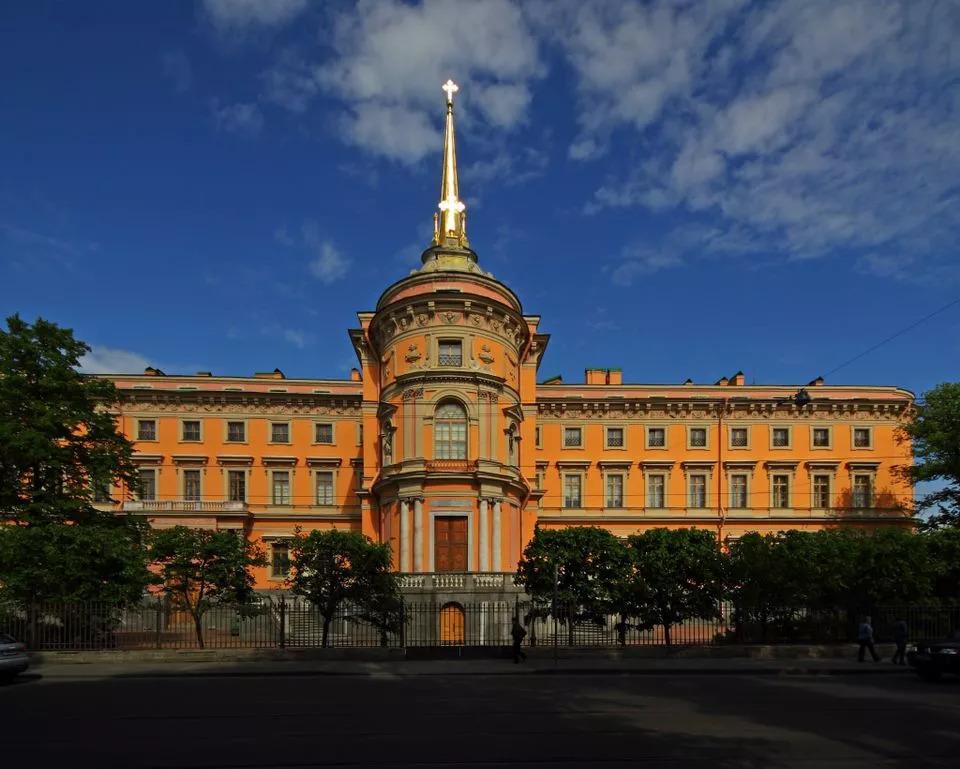
注重精神自由,追求信仰和最高层次的精神价值是俄罗斯文化的主流价值取向,也是俄罗斯文化基本精神的重要内容。利哈乔夫就说过:“毫无疑问,俄罗斯文化的财富和它广阔的创造可能性之一在于自由……因此,在俄罗斯哲学中如此关注内在的自由问题不是偶然的。”深深植根于俄罗斯文化传统并在俄罗斯文化氛围中成长的俄罗斯艺术不可避免地被打上俄罗斯文化精神的烙印,从而崇尚内在的自由,追求精神超越。
It is the mainstream value orientation of Russian culture to pay attention to spiritual freedom, pursue faith and the highest level spiritual value, and it is also an important content of Russian cultural basic spirit. "There is no doubt that one of the wealth of Russian culture and its vast possibilities for creation lies in freedom," rikhachov said Therefore, it is not accidental to pay such attention to the internal freedom in Russian philosophy. " Russian art, deeply rooted in Russian cultural tradition and growing up in Russian cultural atmosphere, is inevitably branded with Russian cultural spirit, thus advocating internal freedom and pursuing spiritual transcendence.
这既是俄罗斯文化精神追求的基本价值取向的产物,又是其生动的体现。
This is not only the product of the basic value orientation of Russian cultural spirit, but also a vivid embodiment.
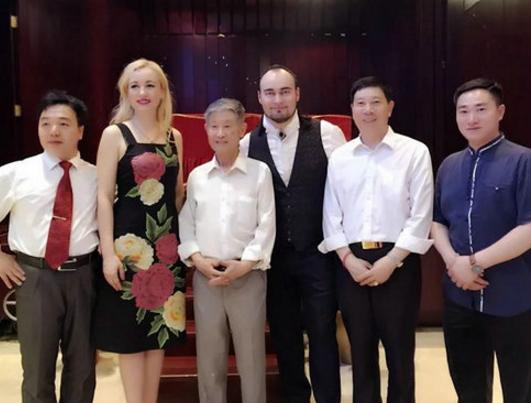
“自古以来,俄罗斯文化认为自由自在和无拘无束对于人来说是一种美学和伦理的财富。”俄罗斯艺术崇尚的内在自由,就是随心所欲无拘无束自觉的自由自在。这是产生于俄罗斯无边无际的辽阔空间并与之相结合的自由,也是基督教式地追求信仰的大胆无限的自由。俄罗斯艺术对内在自由的崇尚较为典型地表现在抒情歌曲中。利哈乔夫就指出,“什么是自由意志,在俄罗斯的抒情歌曲中,尤其是有关强盗的抒情歌曲中已经作了很好的界定,这些歌曲并不是强盗们编写和歌唱的,而是由怀念自由意志的人和较好的农民创作的。在这些强盗歌曲中,农民们梦想无忧无虑的生活和对欺负者的报复。”
"Since ancient times, Russian culture has considered freedom and freedom as an aesthetic and ethical wealth for people." The inherent freedom advocated by Russian art is to be free and free freely without restraint. This is the freedom which is born in Russia's boundless vast space and combined with it, and also the bold and unlimited freedom of Christian pursuit of faith. Russian art's worship of internal freedom is typical in lyric songs. Liharjov pointed out that "what is free will has been well defined in Russian lyric songs, especially those related to robbers. These songs are not written and sung by robbers, but by those who miss free will and better farmers. Among these robber songs, farmers dream of carefree life and revenge on bullies. "
如果说,最好在旷野上无拘无束放声高歌的俄罗斯的拖腔民歌表达的是对心灵自由带有一丝忧伤的向往,那么,随着俄罗斯文学艺术在19世纪走向辉煌,冲破一切社会的和文化的束缚而争取精神的自由,则成为俄罗斯艺术普遍的追求。以列宾、柴可夫斯基、穆索尔斯基为代表的俄罗斯艺术家在竭力挣脱专制和强权的羁绊、寻求民族出路和民族精神的艺术探索中,把通过艺术形式解放自己的心灵和精神作为目标而孜孜以求。分析列宾、苏里科夫、列维坦、谢罗夫这些绘画大师,格林卡、柴可夫斯基、穆索尔斯基、拉赫玛尼诺夫等音乐大师的艺术创作道路和作品,人们不难感受到俄罗斯艺术蕴含的崇尚内在自由、追求精神超越的内在冲动,并从中体会到俄罗斯文化重精神轻物质的基本价值取向。
If, the best way to express the Russian folk songs, which are free from the wild, is to express a sad yearning for the freedom of mind. Then, with the Russian literature and art in the 19th century, breaking through the shackles of all society and culture and striving for spiritual freedom, it becomes the common pursuit of Russian art. Russian artists, represented by Liebin, Tchaikovsky and musolsky, have been striving to free their hearts and spirits through art forms in their artistic exploration, which are striving to break away from the shackles of autocracy and power, and seek for national outlet and national spirit. The paper analyzes the artistic creation path and works of these masters, such as Liebin, sulikov, Leviathan and cherov, such as greenka, Tchaikovsky, musolsky, lakhmaninov, etc. people can feel the inner impulse of advocating internal freedom and pursuing spiritual transcendence contained in Russian art, and realize the basic impulse of Russian culture emphasizing spirit and material Value orientation.
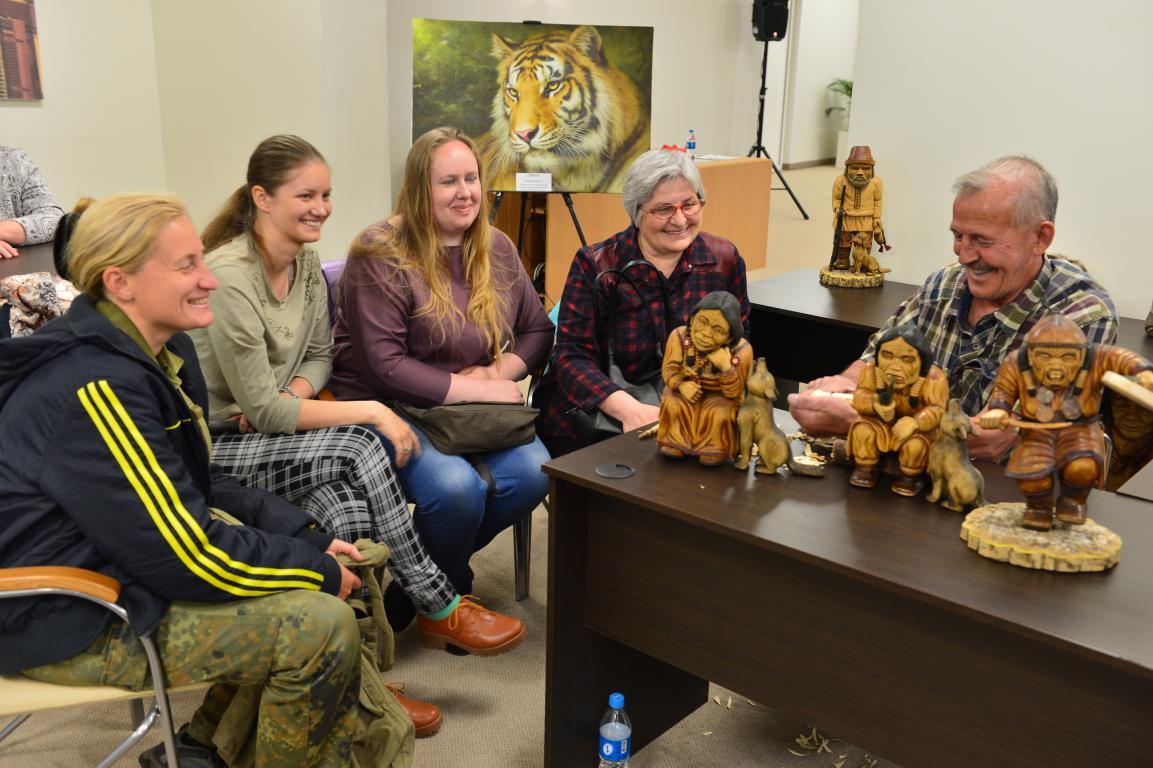
第二,民族性和社会性是俄罗斯艺术的灵魂,也是俄罗斯民族文化精神、特性和风貌在俄罗斯艺术中的集中体现。
Secondly, nationality and sociality are the soul of Russian art, and also the concentrated embodiment of Russian national cultural spirit, characteristics and style in Russian art.
如果说,通过艺术形式来表现心灵和精神自由是俄罗斯艺术家孜孜以求的目标,那么这种追求必须以民族精神和社会责任为基础和前提,放弃民族精神和社会责任的艺术不说毫无意义,至少为有良知的俄罗斯艺术家不屑一顾。正是由于对民族精神和社会责任的坚守,俄罗斯艺术表现出鲜明的民族性和社会性。而一旦民族性和社会性成为俄罗斯艺术之魂,俄罗斯艺术就真正称雄于世界文化之林。
If it is the goal of Russian artists to express spiritual and spiritual freedom through artistic form, then this pursuit must be based on the national spirit and social responsibility, and the art of abandoning national spirit and social responsibility is meaningless, at least despised by Russian artists with conscience. It is because of the adherence to the national spirit and social responsibility that Russian art shows a distinctive nationality and sociality. Once the national and social nature become the soul of Russian art, Russian art will be truly regarded as the world culture forest.
民族性是俄罗斯文学艺术高扬的美学原则,也是俄罗斯艺术在世界文化之林独树一帜的关键所在。俄罗斯大文豪屠格涅夫曾说过,离开民族性便没有艺术。俄罗斯绘画的一代宗师列宾在一封信中也说:“艺术不可能脱离自己的民族,艺术只有在自己的土壤中,只有在国家最深的内部生长出来,才是最好的艺术。”关于什么是俄罗斯艺术的民族性,俄罗斯大文豪果戈理曾有精彩的诠释:“真正的民族性不在于描绘农妇穿的无袖长衫,而在于表现民族精神本身。即使诗人描写完全生疏的世界,只要他用含有自己的民族要素的眼睛来看它,用整个民族的眼睛来看它,只要诗人这样感受和说话,那么,他在这时候也可能是民族的。”尽管果戈理论述的是文学的民族性,但显然也可诠释俄罗斯艺术的民族性。
Nationality is the aesthetic principle of Russian literature and art, and the key to the unique characteristics of Russian art in the world culture. Turgenev, the great Russian writer, once said that there was no art without nationality. "Art cannot be separated from its own nation. Art is the best art only if it grows in its own soil and only in the deepest internal part of the country," a generation of Russian painting guru Liebin said in a letter As to what is the nationality of Russian art, Russian great cultural hero Gogol once had a wonderful interpretation: "the true nationality is not to describe the sleeveless long clothes worn by the farmers, but to express the national spirit itself. Even if the poet describes a completely strange world, as long as he sees it with the eyes of his own national elements, and the eyes of the whole nation, as long as the poet feels and talks like this, he may be national at this time. " Although Gogol discusses the nationality of literature, it can also be interpreted clearly.
俄罗斯艺术鲜明的民族性一方面突出表现在以俄罗斯民族艺术和民间艺术为艺术之源,不断继承和发扬民间艺术传统,比如格林卡就是在俄罗斯民间音乐滋养下,开创了真正具有民族品格的俄罗斯音乐。另一方面,俄罗斯艺术鲜明的民族性又体现在积极表现民族精神和积极反映民族性格和民族精神风貌的内在本质,努力展示民族思想感情的表达方式,积极探索民族的出路。在俄罗斯民族音乐之父格林卡那里,民族性化作了自然而然源源涌出的音乐符号,以使亲爱的同胞们能够觉得自己是在自己的家里(格林卡语)。用评论家拉罗什的话说,对于格林卡来说,民族性不是偶然披上的外衣,而是他作品的血肉成分。从格林卡起,到以穆索尔斯基和里姆斯基-柯萨科夫为代表的“强力集团”,再到拉赫玛尼诺夫、斯特拉文斯基、普罗科菲耶夫、肖斯塔科维奇,一代又一代音乐大师,不仅浸润于民族音乐传统和民歌资源而流连忘返,而且醉心于俄罗斯民间音乐的旋律和声乐配器等音乐形式的自觉运用,更心甘情愿地深入俄罗斯民族的文化传统和现实生活,去探索俄罗斯民族特有的思想感情和性格特征的音乐表达,从而使俄罗斯音乐以辉煌的成就、别具一格的风格称雄于世界艺术之林。
On the one hand, Russian art has a distinctive nationality, which is mainly reflected in the source of Russian National Art and folk art, and continuously inherits and develops folk art traditions. For example, greenka has created Russian music with national character under the nourishment of Russian folk music. On the other hand, the distinctive nationality of Russian art is reflected in the internal nature of actively expressing the national spirit and actively reflecting the national character and national spirit style, trying to show the expression of national thoughts and feelings, and actively explore the way out of the nation. In the father of Russian national music, the nationality has become a natural source of music symbols, so that dear compatriots can feel that they are in their own home (greenka). In the words of critic Laroche, for greenca, nationality is not a coat that is accidentally worn, but the flesh and blood of his work. From greenka to "strong group" represented by musholsky and Rimsky kiracoff, then to lakhmanov, Stravinsky, Prokofiev, shastakovic, generations of music masters, not only infiltrated in the national music tradition and folk music resources, but also became fascinated by the melody and vocal music accessories of Russian folk music The use of music forms, such as the conscious use of Russian culture and reality, is more willing to explore the unique ideological and emotional and personality characteristics of Russian music expression, so that Russian music with brilliant achievements, unique style of the world art.
应该指出的是,俄罗斯艺术不断张扬的民族性来源于文化传统熏陶下俄罗斯艺术家的民族意识的发展和爱国主义情怀的传承。作为文化精英,俄罗斯艺术家在传统文化的熏陶下,大多具有强烈的民族意识和深切的爱国主义情怀。长期生活在国外并在西方国家获得崇高声誉的音乐大师拉赫玛尼诺夫在晚年接受记者采访时就说:“我是俄罗斯作曲家,我的祖国无论是在我的精神气质上,还是在我看问题的观点上都留下了深刻的烙印。”当希特勒军队入侵苏联,与苏联政权格格不入的拉赫玛尼诺夫多次举行义演,并将所得全部捐出以支持与法西斯德国浴血奋战的祖国和人民。这种强烈的民族意识和深切的爱国主义情怀不仅在俄罗斯艺术家的作品中自然而然地流淌,而且化为使命意识,促使俄罗斯艺术家自觉地去追求满足民族需要、表达民族情感和表现展示民族性格的艺术风格,建立艺术的民族学派。可以说,正是冲破西方古典主义艺术奴役的创建民族学派的强烈民族意识,促成了俄罗斯巡回展览画派的崛起和兴盛。克拉姆斯柯伊在巡回展览画派崛起时就曾对列宾说过:“我们都长胡子了,可大家还要让意大利人牵着手走路,是考虑建立我们自己的俄罗斯画派、我们民族自己的艺术的时候了。”
It should be pointed out that the nationality of Russian art is derived from the development of Russian artists' national consciousness and the inheritance of patriotism under the influence of cultural tradition. As a cultural elite, most Russian artists have strong national consciousness and deep patriotism under the influence of traditional culture. "I am a Russian composer, and my motherland has left a deep mark on my spiritual temperament and my opinion on the issue," rahmaninov, a music master who has lived abroad for a long time and gained high reputation in western countries, told reporters in his later years When Hitler army invaded the Soviet Union, rahmaninov, who was out of line with the Soviet regime, held several volunteer performances and donated all his income to support the motherland and people who fought with fascist Germany. This strong national consciousness and deep patriotism feelings not only flow naturally in the works of Russian artists, but also become the sense of mission, which makes Russian artists consciously pursue the artistic style of meeting national needs, expressing national feelings and showing national character, and establishing the school of art. It can be said that it is the strong national consciousness of the founding of the national school which broke through the western classical art slavery, which contributed to the rise and prosperity of the Russian tour exhibition painting school. "We all have beards, but we have to let Italians walk hand in hand, it's time to consider building our own Russian painting school, our nation's own art," kramskoy told Liebin when the tour exhibition school rose
俄罗斯艺术高扬民族性大旗,除源自俄罗斯艺术家的民族意识和爱国主义情怀之外,还得益于俄罗斯文化悠久的传统和丰富多彩的民间艺术资源。它们为艺术家张扬民族性提供了取之不尽用之不竭的艺术源泉。此外,俄罗斯艺术张扬民族性更得益于俄罗斯文化受到外来文化冲击时所具有的强大融合能力和学习创新能力。从彼得大帝旨在使俄罗斯欧化赶上世界发展潮流的改革以来,西方的社会思潮特别是文艺思潮不断强烈冲击俄罗斯社会和文化,古典主义、浪漫主义、现实主义、现代主义等西方文艺思潮和风格一波又一波漫过俄罗斯大地。西方文化与俄罗斯文化激烈的碰撞,把俄罗斯向何处去的问题尖锐地摆在社会面前,也刺激深受俄罗斯传统文化熏陶的,包括艺术家在内的文化精英民族意识的苏醒和发展。紧张探索民族出路、寻找社会发展方向的大背景大氛围,促使俄罗斯的艺术家扎根于民族艺术传统,不断从民族艺术和民间艺术中吸取养料,同时又不断学习,吸收西方的艺术成果和经验,从而创造出具有鲜明民族特色和风格的俄罗斯艺术。
Russian art is highly national, which is not only derived from the national consciousness and patriotism of Russian artists, but also benefits from the long tradition of Russian culture and rich and colorful folk art resources. They provide artists with endless artistic sources for their national character. In addition, Russian Art Publicity of nationality is more due to the strong integration ability and learning innovation ability of Russian culture when it is impacted by foreign culture. Since the reform of Peter the great aimed to make Russia Europeanization catch up with the world development trend, the western social trend of thought, especially the literary and artistic trend, has been constantly impacting Russian society and culture, and the western literary thoughts and styles such as classicism, Romanticism, realism and modernism have been spreading over the Russian land one after another. The fierce collision between western culture and Russian culture has put the question of where Russia goes in front of society, and also stimulates the awakening and development of the national consciousness of cultural elite, including artists, which is deeply influenced by Russian traditional culture. The great background atmosphere of intense exploration of national outlet and social development direction has prompted Russian artists to take root in the national art tradition, constantly absorb the nourishment from national art and folk art, and learn constantly, absorb western art achievements and experience, thus creating Russian art with distinctive national characteristics and styles.
社会性是俄罗斯艺术发展的又一基本原则和旗帜,也是俄罗斯艺术具有经久不衰的魅力的重要原因。
Sociality is another basic principle and banner of Russian art development, and also an important reason for the lasting charm of Russian art.
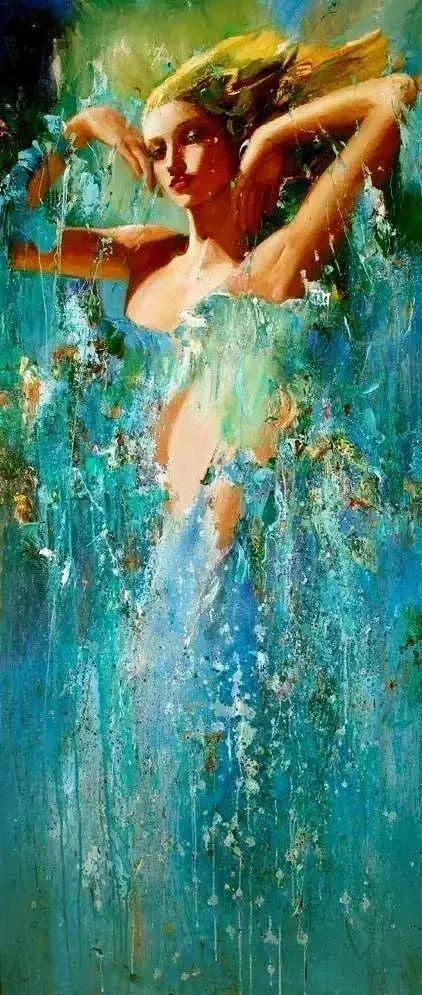
在俄罗斯文学艺术发展过程中,主张为艺术而艺术的不乏其人,但强调为人生为人民而艺术则始终是主流。从车尔尼雪夫斯基美是生活、艺术是生活的教科书、具有高尚而美丽的使命的主张,到杜勃罗留波夫关于艺术的人民性主要在于它的内容渗透人民的精神、表达人民的思想情感的解说,得到了多数人认同。
In the process of Russian literature and art development, the people who advocate art for art are the main stream, but the emphasis on art for the people is always the mainstream. From the view that chernysevsky is life, art is a textbook of life, and has a noble and beautiful mission, to dubroliubov's explanation that the people's character of art mainly lies in its content penetrating the people's spirit and expressing people's ideological and emotional feelings, and has been recognized by many people.
俄罗斯艺术的社会性主要指深刻的人民性,注重为人生而艺术,为人民为社会而艺术,强调艺术家的社会责任,关注作品的社会功能。因此,与文学一样,俄罗斯艺术最突出的优点和长处就在于:具有深刻的人民性,对人民大众特别是被侮辱被欺凌的下层百姓充满人道主义的博爱胸怀和基督般的悲悯情感,对社会的不平不公和假恶丑持尖锐的批判态度,这些品质也是俄罗斯艺术珍品具有永恒魅力的关键所在。
Russian art is mainly characterized by profound people, focusing on art for life, art for the people, emphasizing the social responsibility of artists and paying attention to the social functions of works. Therefore, like literature, the most prominent advantages and advantages of Russian art lie in: having profound people nature, full of humanitarian love and Christian compassion towards the people, especially the insulted and bullied lower people, and critical attitude towards social injustice and hypocrisy. These qualities are also the eternal charm of Russian art treasures The key to that.
俄罗斯艺术作品的社会功能典型地体现在巡回展览画派的艺术杰作里。文学巨匠陀思妥耶夫斯基在不认识列宾的情况下看了列宾的名作《伏尔加河上的纤夫》,然后在《作家日记》上写道:“看着这些毫无保护的人们不可能不爱上他们,不能不想到我欠人民的债……这些纤夫往后会出现在我的梦中,十五年后还会在脑际萦绕,要是他们不这样逼真、淳朴和憨厚,也不会产生这种印象。”陀思妥耶夫斯基的评论反映了巡回展览画派作品巨大的社会作用。
The social function of Russian art works is typically reflected in the art masterpieces of tour exhibition painting school. Dostoevsky, the literary giant, looked at Libin's famous work, the cilia on the Volga River, without knowing Libin, and wrote in the Journal of Writers: "it is impossible to see these unprotected people can not fall in love with them, and I cannot forget the debt I owe to the people These young men will appear in my dream in the future, and they will linger in my mind after 15 years. If they are not so realistic, simple and honest, they will not have such an impression. " Dostoevsky's comments reflect the great social role of the tour exhibition school works.
值得指出的是,对艺术作品的社会功能的重视是成就俄罗斯艺术走向辉煌的重要因素,但是,现实中这种强调往往有过头的表现。巡回展览画派的理论家斯塔索夫就认为风景画不具备教育意义和社会意义而否定它存在的价值。这种对社会教育功能的过分强调往往导致艺术作品审美价值的降低,甚至走向公式化、概念化,苏联时期把文学艺术视为教育人民打击敌人的有力工具而片面突出艺术的社会宣传功能,进而使艺术成为意识形态的附庸,就是极端表现。
It is worth noting that the importance of social function of art works is an important factor to achieve the brilliant of Russian art. However, in reality, this emphasis often has excessive performance. Stasov, a theorist of tour exhibition school, denied the value of landscape painting because it had no educational and social significance. This overemphasis on social education function often leads to the decrease of aesthetic value of art works, even towards formulaic and conceptualization. In the Soviet Union, literature and art were regarded as a powerful tool to educate people to fight against the enemy, and one-sided highlighted the social propaganda function of art, which made art become the dependency of ideology, which is extreme expression.
第三,对真善美统一的理想境界的追求是俄罗斯艺术的艺术指向。
Third, the pursuit of the ideal state of unity of truth, goodness, beauty is the artistic direction of Russian art.
真善美的统一是人类艺术伟大的审美理想和不懈追求,也是俄罗斯艺术发展根本的艺术指向和孜孜以求的最高境界。
The unity of truth, goodness and beauty is the great aesthetic ideal and unremitting pursuit of human art, and also the fundamental artistic direction and the highest level of Russian art development.
俄罗斯艺术从远古时代起就在向往心灵自由的基础上充满乐观向上的生活热情和对真善美的憧憬,而与扭曲、变态、颓废的艺术指向格格不入。随着罗斯基督教化,拜占庭注重超脱尘世实现精神升华的艺术观念为古罗斯人全盘接受。古罗斯的圣像画画家竭力揭示和表现的就是永恒不变的精神价值。
Russian art has been full of optimistic life enthusiasm and vision for truth, goodness and beauty on the basis of yearning for spiritual freedom since ancient times, which is not in line with the distorted, abnormal and decadent art direction. With the Christian of rose, Byzantine paid attention to the artistic concept of transcendence and spiritual sublimation. What gurus's artists of the holy image painting tried to reveal and express is the eternal spiritual value.
到19世纪,俄罗斯文学艺术以辉煌的成就征服世界,傲视全球,重要原因就是俄罗斯的艺术很好地展现了俄罗斯民族对真善美统一的憧憬和追求。从车尔尼雪夫斯基的“美是生活”到陀思妥耶夫斯基的“美将拯救世界”的艺术宣言,从格林卡、穆索尔斯基、柴可夫斯基的艺术绝唱,到以列宾、苏里科夫为代表的巡回展览画派经典画作中跳动的俄罗斯精神,正是俄罗斯民族对真善美理想境界孜孜以求的最好解说。就是康定斯基和斯特拉文斯基这些先锋派艺术家,尽管他们分别在绘画和音乐领域开了西方现代主义艺术先河,但在其不断创新的形式里追求的仍然是理想的真善美。(本文节选自《探索与解读:独具特色的俄罗斯文化探析》)
By the 19th century, Russian literature and art conquered the world with brilliant achievements and stood up for the world. The important reason is that Russian art has well demonstrated the Russian nation's vision and pursuit of the unity of truth, goodness, beauty and beauty. From the Artistic Declaration of "beauty is life" of chernysevsky to Dostoevsky's "beauty will save the world", from the art juxtaposition of greenka, musolsky and Tchaikovsky to the Russian spirit of the Russian spirit of traveling exhibition and painting school, represented by Liebin and sulikov, is the best solution that the Russian nation has been striving for for for the ideal state of truth, good and beautiful Say. It is the avant-garde artists, Kandinsky and Stravinsky, who have opened up the western modernism art in the field of painting and music respectively, but they still pursue the ideal truth, good and beautiful in their innovative forms. (this article is excerpted from exploration and interpretation: a unique analysis of Russian Culture)
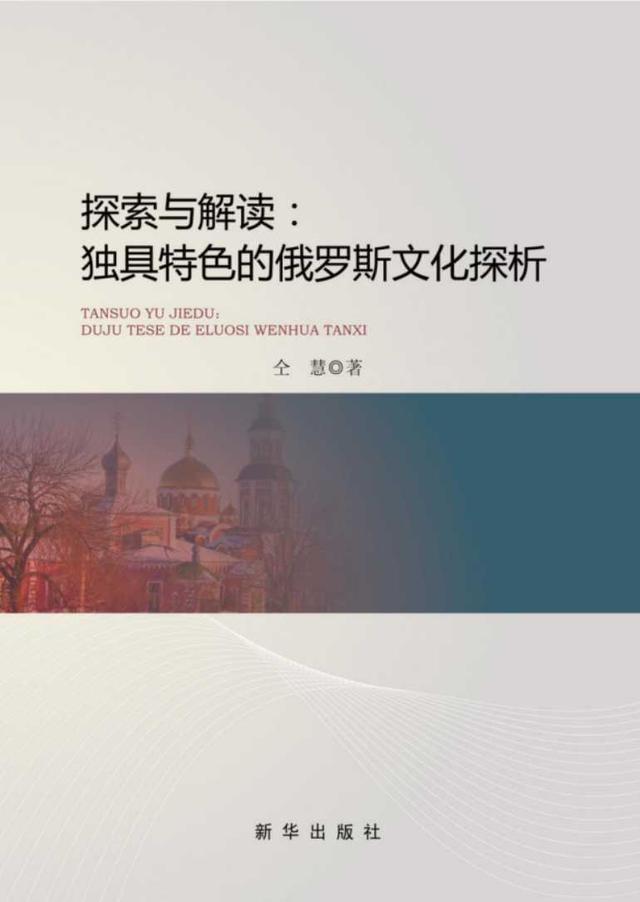

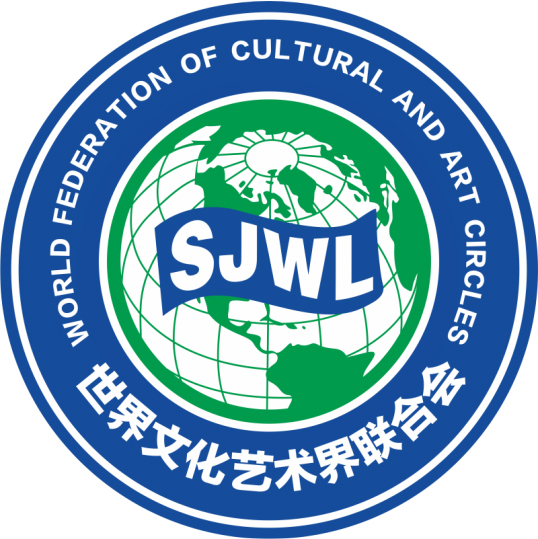

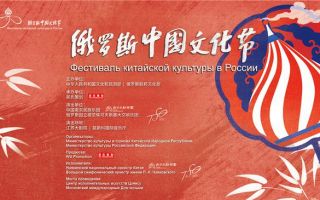
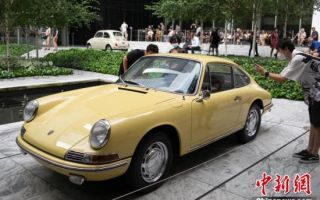
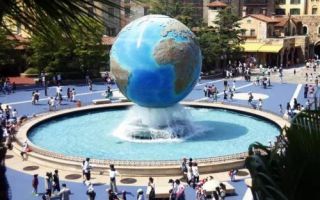
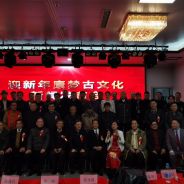
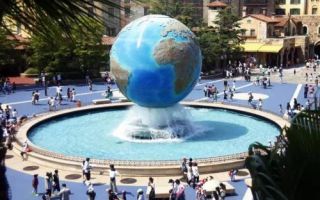
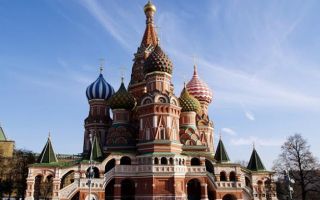
0 条 评 论 Write a Response